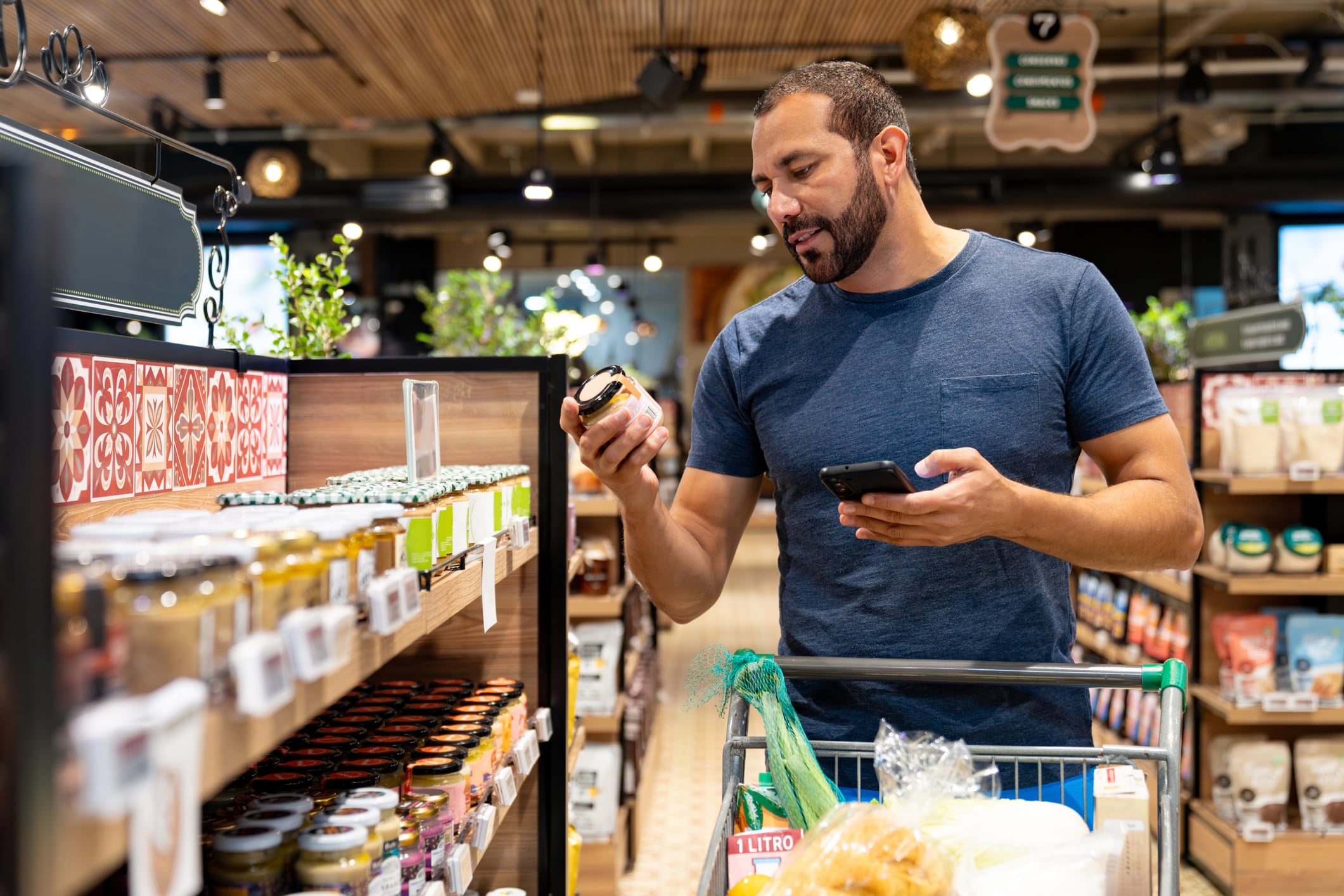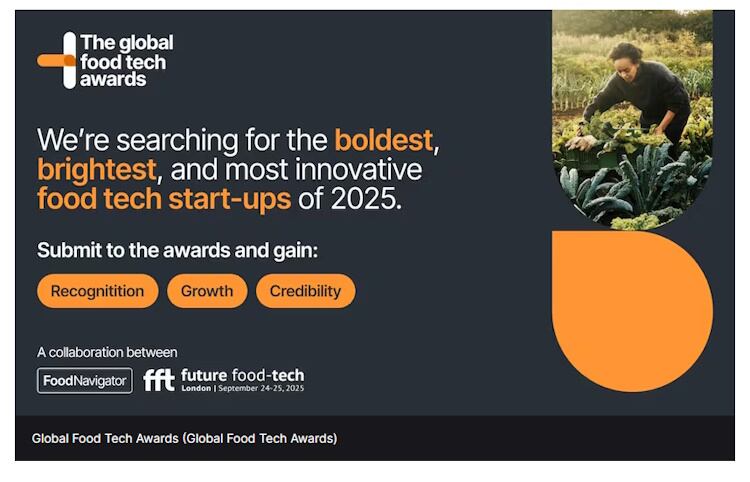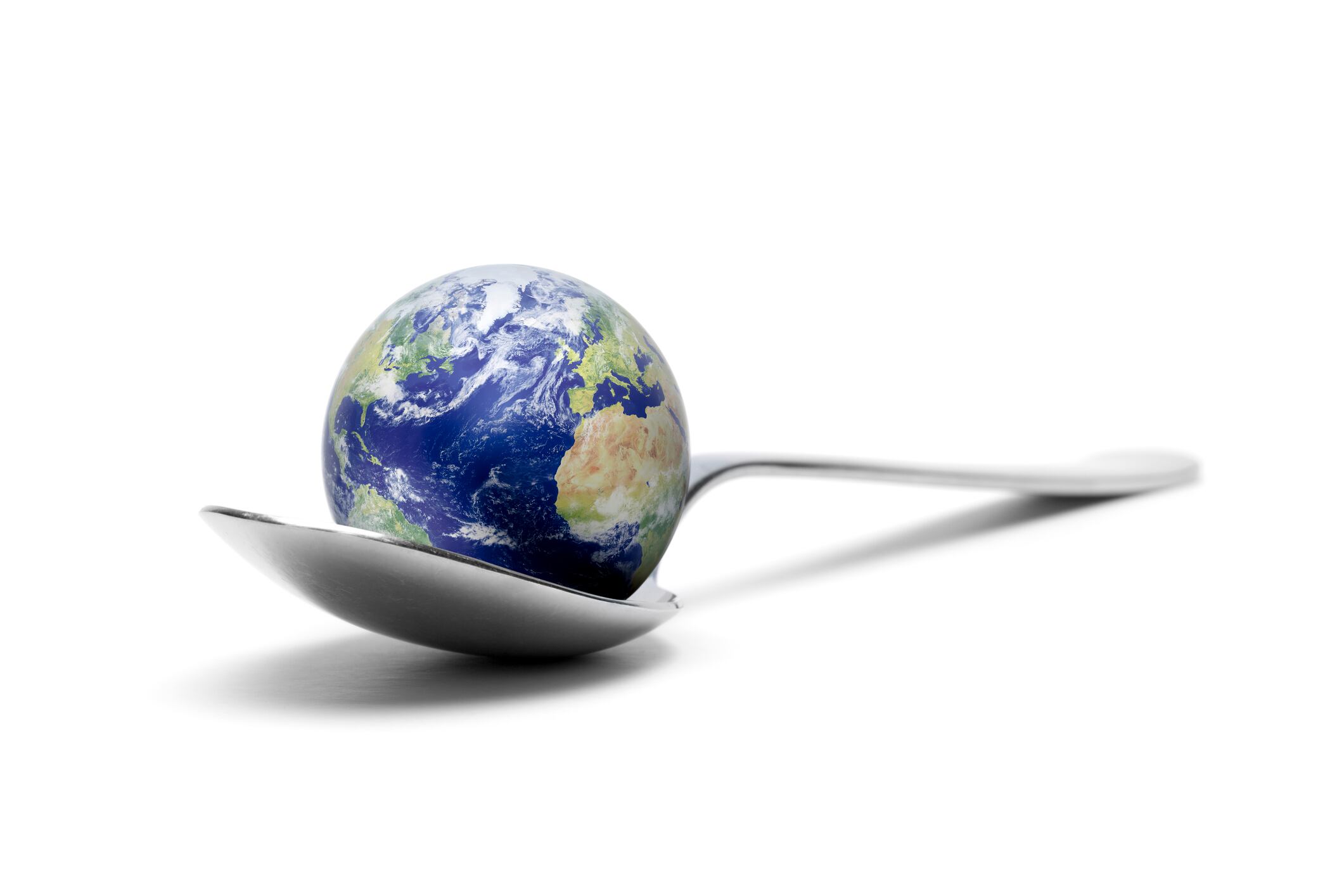Clean label still means a lot in the food world and for good reason.
It’s become a shorthand for trust, signalling to consumers that a product skips the artificial stuff in favour of something simpler and more honest. It’s influenced everything from reformulation strategies to packaging design; and it remains a strong driver of purchase decisions across categories.
But clean isn’t a differentiator anymore – it’s the price of entry. As consumers dig deeper into sourcing, processing and environmental impact, the industry is facing a new challenge: how to evolve that clean promise into something even more transparent.
Could the future be not just clean, but clear – where every ingredient tells a story and every claim earns its place?
From clean to clear?

Let’s be honest, ‘clean label’ is everywhere now. It’s shaped how brands talk to shoppers and how R&D teams build their recipes. But without a formal definition, it’s also lost some of its punch. So here’s a thought: what if we added a little clarity?
Clear label doesn’t mean ditching clean. It means building on it. It means giving shoppers more: more context, more explanation, more trust.
Many companies have already embraced a more transparent approach to clean label. Panera Bread helped pioneer the movement with its No No List, explaining not just what was removed, but why. Nestlé has reformulated thousands of products to strip out artificial additives and make ingredient lists easier to understand. Unilever has taken similar steps, swapping synthetic additives for recognisable alternatives like beet juice for colour and vinegar for preservation.

Global FoodTech Awards: EMEA entries now open
Got a gamechanging innovation in food tech?
The Global FoodTech Awards are now open for EMEA entries, with a deadline of 18 July 2025. Finalists will be a nnounced at Future Food-Tech London, taking place 24-25 September.
These awards spotlight standout innovation across three regions – Americas, EMEA and APAC – giving finalists a golden opportunity to pitch live on stage, gain editorial coverage on FoodNavigator and connect with top-tier investors and industry leaders.
Judges are on the lookout for scalable, sustainable, original ideas with strong market potential and that all-important X factor. Whether you’re a start-up, ingredient disruptor or tech pioneer, this is your chance to shine on a global stage.
It’s free to enter and making the sh ortlist is a huge credibility boost. You'll raise your profile, attract potential partners and give your team a well-earned moment in the spotlight. Regional winners also go on to compete for the title of World’s Most Innovative FoodTech Innovation 2025, which will be revealed in a global digital feature this December.
The APAC heat follows in August, with finalists unveiled at the Asia-Pacific Agri-Food Innovation Summit in Singapore, 4-6 November.
And there are new tools helping brands make that shift. QR codes on packaging are doing more than link to a homepage. Some now take shoppers straight to sourcing maps, ingredient explainers or videos showing how a product is made. It’s about storytelling – but rooted in facts.
Even functional ingredients like tapioca starch (for crispness), acerola cherry extract (for shelf life) or chicory root fibre (for sweetness and digestive benefits) are getting their moment in the spotlight. When brands take the time to explain the ‘why’, it turns a simple ingredient list into something consumers can actually connect with.
Clean meets carbon

Clean isn’t just about what’s in the product anymore: it’s about the impact it has on the world around us. Climate concerns are now part of the conversation and that means clean label is starting to go hand-in-hand with sustainability.
Big brands are leaning in. PepsiCo is using its Pep+ strategy to overhaul product lines with emissions reductions in mind. Clif Bar and Aloha have both been certified Climate Neutral. General Mills is exploring regenerative farming across its portfolio, particularly for brands like Annie’s. Grupo Bimbo is investing in cleaner, greener sourcing practices and has pledged to move to 100% regenerative agriculture for key ingredients.
In the UK, Matthews Cotswold Flour has made regenerative agriculture central to its supply chain, working directly with farmers to ensure soil health and biodiversity. Kerry Group is developing ingredient solutions that reduce environmental impact while supporting clean label claims. And US-based Quinn is doubling down on regenerative sourcing for its popcorn and pretzels, positioning transparency and farm partnerships at the heart of its brand.
These moves – highlighted during the Regenerative Bites webinar hosted by Bakery&Snacks – show how clean label is increasingly intersecting with climate action and reshaping sourcing strategies in the process.
And it’s not just the manufacturers. Retailers are stepping up, too. Walmart is asking its suppliers to report sustainability data through Project Gigaton. Tesco has launched its Nature Programme to support sustainable food systems and reduce environmental impact. Carrefour is trialling carbon footprint labels on its own-brand items.
So, while ingredient decks are still a priority, ‘clean’ is expanding to include how responsibly those ingredients are sourced and what kind of environmental story they tell.
The clean label conundrum

Here’s the tricky part: making something ‘clean’ doesn’t always make it better. In fact, it can sometimes backfire. Pulling out preservatives, emulsifiers or stabilisers without a solid replacement can tank shelf life or mess with taste and texture.
That’s why more teams are talking about ‘clean science’: a smarter way to think about formulation that balances consumer expectations with performance. Puratos, for instance, developed a natural mould inhibitor based on fermented wheat flour that replaces calcium propionate in bread. Enzymes are also stepping up as clean-label MVPs, helping improve softness, volume and freshness without synthetic emulsifiers.
Others are also innovating in this space. Ingredion, for example, has been working on clean-label starches that maintain texture and stability in various food applications.
Some brands are also taking a new tack: instead of hiding or removing unfamiliar ingredients, they’re explaining them, such as cultured dextrose or buffered vinegar, which sound chemical but are perfectly natural and effective.
Cultured dextrose is a fermented preservative made from probiotic bacteria and simple sugars, often used in baked goods to inhibit mould and extend shelf life. Buffered vinegar, a milder form of acetic acid stabilised with natural salts, helps control pH and prevent spoilage without impacting flavour. Both are commonly used in clean label breads, cakes, snack bars and savoury items as natural alternatives to synthetic preservatives like sorbates or propionates.
That kind of honest labelling – backed by clear, functional storytelling – is helping ease concerns and build trust with consumers.
When less is more

Parents are leading the charge when it comes to clean label, especially Gen Z and Millennials who grew up reading labels. According to Mintel, more than two-thirds of North American parents say they regularly check ingredient lists for their kids’ food.
Retailers are responding fast. Kroger’s Simple Truth kids’ snacks keep things to five ingredients or fewer. Target’s Good & Gather line now includes toddler snacks with easy-to-understand ingredients and transparency front and centre. Even Lidl UK has seen success using kid-friendly packaging to promote cleaner snacks.
And there’s a bigger trend bubbling up: one that’s all about doing more with less. Brands like RXBAR, known for its minimal-ingredient protein bars; and That’s it. fruit bars with just two ingredients are capitalising on this movement. This kind of minimalism doesn’t just look good – it feels good. And when it’s done well, it sells.
Clean 2.0: Rethinking the narrative

Clean label still matters. It’s still widely recognised and it helps brands win shelf space and trust. But there’s a chance to evolve it: to make it clearer, smarter and more connected to what modern consumers care about.
That means reformulating with purpose. Communicating with confidence. And maybe most importantly, working cross-functionally, bringing R&D, marketing and sustainability teams into the same room.
In a crowded aisle full of health claims and buzzwords, clarity might just be the cleanest label of all.


